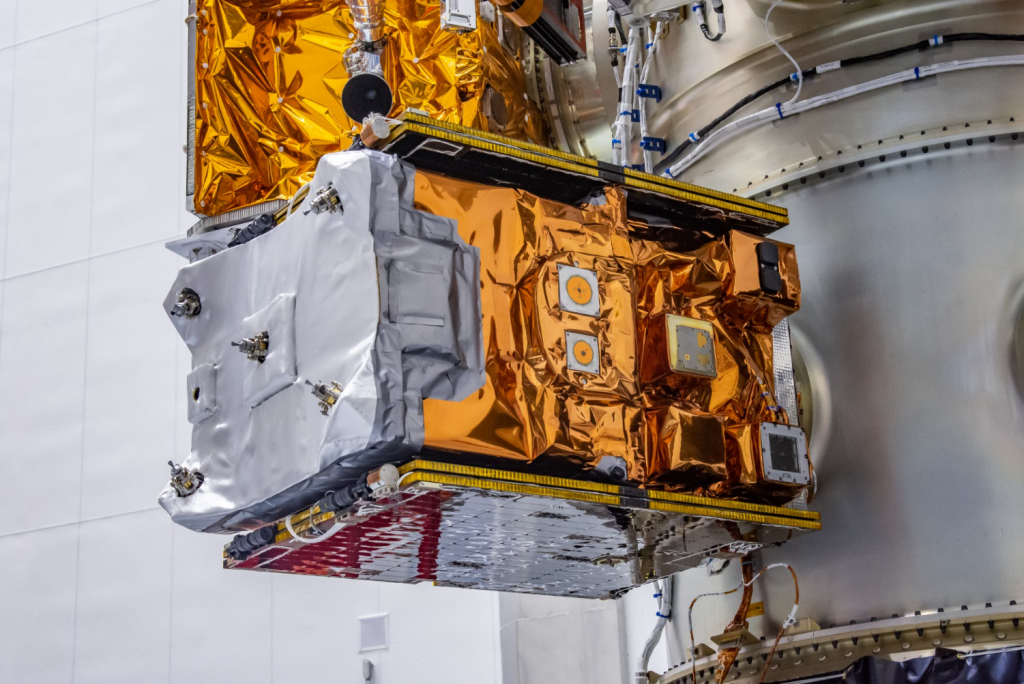
Today’s mission contains 24 satellites and technology experiments from a variety of government, military and research institutions aimed at improving life here on Earth and advancing the future of space exploration. Also on board are four NASA technology missions and payloads:
- Enhanced Tandem Beacon Experiment (E-TBEx) – twin cube satellites (CubeSats) that will measure the disruption of radio signals from natural-forming bubbles in the Earth’s upper atmosphere. Understanding these disruptions and how to overcome them ultimately will improve the reliability of radio and GPS signals, which we rely on so heavily.
- Deep Space Atomic Clock (DSAC) – a technology demonstration that aims to change the way we navigate our spacecraft by making the spacecraft more autonomous.
- Green Propellant Infusion Mission (GPIM) – a “green” alternative to hydrazine, a highly toxic propellant currently used. If successful, this low-toxicity fuel could replace hydrazine in future vehicles and ease handling concerns.
- Space Environment Testbeds (SET) – studies how to protect satellites in space by characterizing the harsh space environment near Earth and how that affects the spacecraft and its instruments. Understanding this can be used to improve design and engineering in order to further protect the spacecraft from harmful radiation derived from the Sun.
